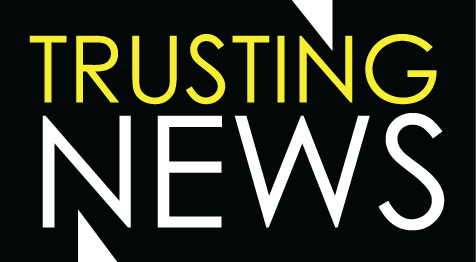Community investment
Grand News Source guiding principles
Capitol Times People’s Agendas
WCPO explains coverage decisions
Rivard Report About Us page
KBOO about page
Crosscut transparent about trust, diversity efforts
Trust Tip 74: Explain why a story is being done and encourage audience participation
Coloradoan explains bias toward facts
LAist provides synthesized information about coronavirus
WCPO shares station’s commitment to community
WCPO responds to viewer complains on air
WJXT4 explains reporting process, mission
Trust Tip 69: Share your humanity while reporting on protests
ProPublica transparency around fair news
Herald and Review newsroom handout
WCPO cuts back use of mugshots
WTXL shuts down mugshots page
Trust Tip 61: Do these four things right now to show you are trustworthy
WCPO shows breadth of journalism with Acts of Kindness series
Arizona Daily Star explains how COVID-19 coverage affects bottom line
Coloradoan explains missions, goals with COVID-19 coverage
Virginian-Pilot highlights solutions, community resources during coronavirus outbreak
Tennessean adapts coverage during COVID-19 pandemic
Bozeman Chronicle explains changes during COVID-19 outbreak
San Fransisco Chronicle talks to subscribers about covering Coronavirus
Entercom shares mission statement, core principles with audience
Tennessean shows community investment
KPCC/LAist publishes reporter mission statements
USA TODAY responds to reader feedback
Trust Tip 42: Remind your audience news is more than politics and crime
Trust Tip 34: Explain your role as a watchdog
Trust Tip 31: When you’re right and other news outlets are wrong, tell your audience
Trust Tip 21: Create a handout about your newsroom
Trust Tips 1: Ask how you could better earn trust
Inviting Students into the Newsroom
Encouraging Civic Responsibility by Registering People to Vote
Creating Community by Creating a Facebook Group
Using Historic Photos to Show History in Community
Sharing Your History Using Facebook Story (About) Feature
Relating to Users Through Facebook
Using Crowdsourcing and Facebook to Connect the Community
Connecting to the Community by Sharing Local History
Using Facebook to Answer Questions About News Process
Explaining Ownership Structure Using Facebook
Anticipating Negative Feedback and Addressing it Directly
Discussing your Commitment to Earning User Trust
Discussing Your Core Beliefs
Highlight Community Connection
Showing community involvement at the Jefferson City News Tribune
Taking pride in local coverage at The Coloradoan
Show You’re Part of the Community: We are Fort Worth
Local Facebook Group Encouraging Civil Conversations
Inviting Veterans into the Newsroom
Promoting civility and generating discussion at The Tennessean
Fresno bee advocate
What do you stand for? Can you boil it down? And do you share it with your community (in ways other than hoping they’ll find it on your website)?
Fresno watchdog story
Remind your community about your mission and purpose. Tell them you work on behalf of the public. Use specific language and strong words, like watchdog and investigation, rather than hoping those concepts are clear.
WCPO addiction story
Enid newspaper history
The Enid newsroom has a story to tell about how long the paper has been a part of the community’s life.

